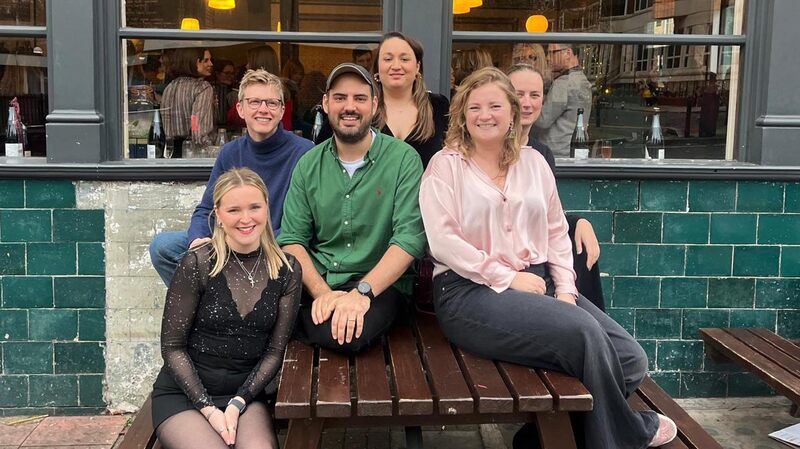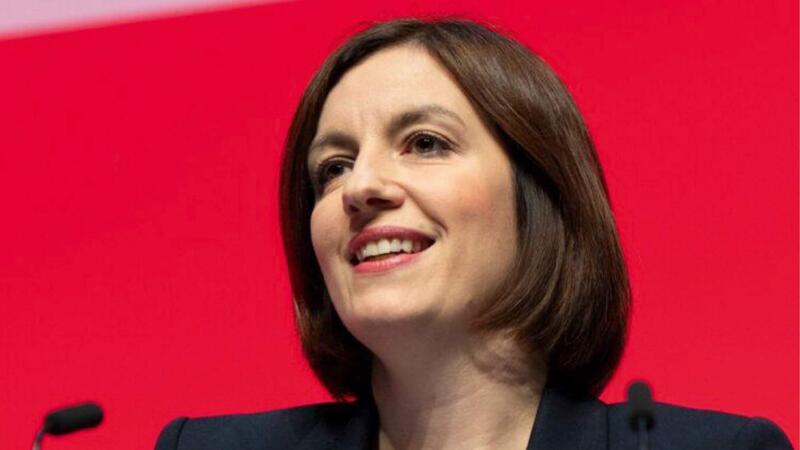You are viewing your 1 free article this month. Login to read more articles.
Publishers 'must do better' on diversity
The key to achieving real diversity within publishing is to reach out to people from a variety of backgrounds who may not have previously considered the trade as a career path, publishers have told The Bookseller.
The industry knows it still has much work to do to create a more diverse workforce in terms of ethnicity, socio-economic background, gender and more. Ten years on from The Bookseller’s In Full Colour supplement (see right), which found that publishing was largely white and middle-class, no major UK trade publishing house has a woman or a person from a black, Asian or minority ethnic (BAME) background in the role of c.e.o.
Richard Mollet, c.e.o. of the Publishers Association (PA), said: “Everyone knows as a sector we have got to do better. It’s one of the situations where everyone knows something has to be done, and it’s a case of ‘what?’”
Simon & Schuster human resources manager Jessica Harris said more action to increase “interest in and awareness of careers in the publishing industry” was needed to help recruit people from diverse backgrounds, a view echoed by Hachette group HR director Dominic Mahony, who said the “key issue is to ensure that the best people consider a career in publishing”.
Socio-economic diversity is also “a challenge for the publishing industry”, said Neil Morrison, HR director at Penguin Random House, but he added that it could not be measured as easily as ethnicity or gender.
Having a diverse workforce was economically beneficial for publishers, said Josie Dobrin, chief executive of Creative Access, which secures paid internships in the creative industries for young people from BAME backgrounds. “Diversity within publishing comes down to economics,” she said. “If you want to reflect society you need to be representative of it. If you have employees all from the same cohort—be it all women, or all from one part of the country—you are not reflective of society. For me, this isn’t about supporting a worthy cause, it’s about economics. For the creative industries to survive and to thrive, they need to be more diverse.”
Pan Macmillan m.d. Anthony Forbes Watson, who said that since 2009, the company had doubled the number BAME staff it employs—albeit “from a low base”—argued that there was a “need for more diverse role models in our industry and for the communication of their successes, to inspire people to [consider] a career in publishing”. Dobrin agreed, saying: “People don’t have cousins or neighbours or aunts to say ‘come and do work experience’, so Creative Access acts as that cousin or neighbour or aunt. The challenge for us is to support our alumni into senior roles, so they can act as role models for the future.”
Crystal Mahey-Morgan, who joined Penguin Random House almost six years ago and recently left to set up her own consultancy, said: “I only have to look around at any meeting or conference I’m in to see the lack of people from BAME backgrounds. What makes it worse is the higher up the ladder you look, the more noticeable it becomes.”
Mahey-Morgan said the industry needed to address the issue of expecting young people to work for free. “Having a conversation about lack of diversity while unpaid internships and work experience are still the best route into publishing is laughable. This is a huge entry barrier which most affects the very people we are supposedly trying to attract,” she commented.
HarperCollins publisher for non-fiction Natalie Jerome, who sits on the board of Creative Access, said: “People want the best talent, and they are only going to work with the pool of people in front of them. If those candidates are from similar backgrounds, it’s going to limit your choices.” However, Jerome said publishing was improving in terms of recruiting people from different backgrounds—particularly in the area of digital technology.
Practical measures
Publishers are taking practical steps to improve diversity. This week Hachette held an “Insight into Publishing” day, encouraging university students who are studying courses which are under-represented in publishing to consider a career within the industry.
HarperCollins has an apprenticeship scheme, which seeks to find talent “from differing socio-economic and educational backgrounds—most significantly people without a university degree—and support them on the career ladder at HarperCollins or into the industry generally”, according to its director of people John Athanasiou. HC is also involved in Senior Women in Media Management (SWIMM), working to provide cross-business mentoring.
Penguin Random House runs paid internships and the annual Helen Fraser Fellowship, to support the development of editorial talent from the BAME community. Faber works closely with the David Tebbutt Trust, which funds the fees of a place on a publishing MA course, and also runs an internship which pays the London Living Wage (£9.15 an hour). Indie publisher Profile Books pays the London Living Wage to all of its employees and freelancers, as well as to most of its interns.
The PA and the Independent Publishers Guild recently revived the Equality in Publishing (EQUIP) scheme, which encourages publishers to sign up to a diversity charter. Mollet said: “The EQUIP charter acts as a signpost to help publishers with diversity in the workforce.”
Meanwhile, Spread the Word, funded by Arts Council England to deliver creative opportunities for writers, is currently carrying out research into diversity in publishing. Publishers can participate by completing a survey at https://www.surveymonkey.com/s/mwtbwnz.
In Full Colour: A Decade On
‘An overwhelmingly white profession’
The Bookseller’s 2004 research for In Full Colour, produced as part of the Arts Council’s Decibel programme, found that the “industry remains an overwhelmingly white profession”. A survey that was sent out across the whole industry drew 523 respondents: 69% of whom were women; 87% (456/523) were white. Asian, black, Chinese and other ethnic groups made up the remaining 13%.
‘Static’ wages prove a barrier
Economics, as well as culture, was cited as a barrier to diversity within management positions. A typical survey response said: “As wages remain static at middle-ranking levels and lists are cut, the industry is going to remain overwhelmingly white and upper middle-class.”
Publishing lists broaden in scope, but largely fail to register through the tills
Cultural diversity had made an impact on publishers’ lists. Nearly two-thirds of respondents agreed that there was more diversity, with only 22% saying lists were less diverse or had remained the same. Yet, no titles by black or Asian authors were in Nielsen BookScan’s 100 bestselling books of 2003.
Linked in
A contact, a referral or network of some kind was cited as the reason that 40% of respondents got their first job in publishing. Some respondents said publishing would remain a closed shop as long as networks were dominated by white, middle-class, Oxbridge graduates and their friends.
Publishers must ‘diversify if they are to survive . . . everyone is too similar’
Respondents to the survey acknowledged that the issue of diversity needed to be addressed—and seriously. One said: “Publishers need to diversify if they are going to survive . . . At the moment, everyone is too similar.”



















